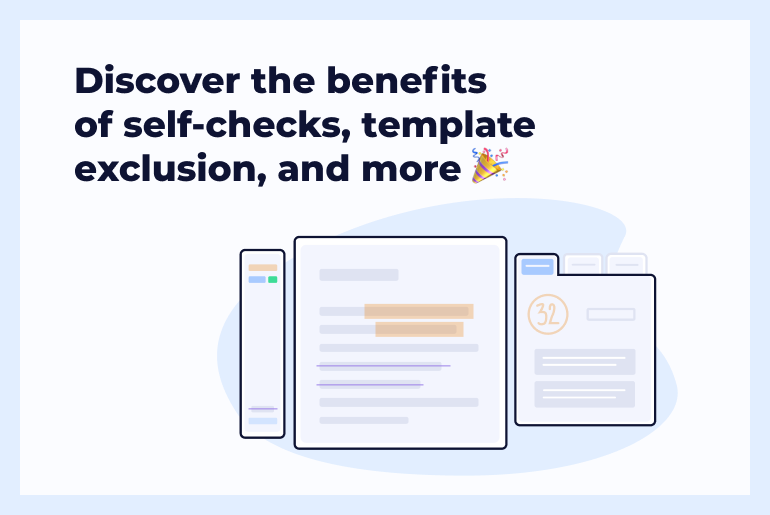While educators and students have been enjoying the benefits of online learning, they’ve also found that it comes with a fair share of challenges.
Among them, there’s one challenge that’s quite unexpected: having too many solutions to choose from. Yes, you can have too much of a good thing! You see, tech for online courses today is saturated with almost too many solutions and ideas.
The global e-learning industry is so big that by 2020, it’s projected to be worth more than $243 billion. This saturation includes the learning platforms available and even the teaching & learning methods used by different educators. As a result, administrators and educators alike become overwhelmed even before the learning has begun. Choosing the right solutions to deliver online education becomes a significant hurdle that’s difficult to overcome.
But finding ideas for teaching online classes doesn’t have to be this complicated. There should be a clear plan of action when switching to online learning technologies: by considering what tools are actually needed and then assessing which ones are a good fit for an institution. Then, there’s a need to properly plan the transition phase during the switch to online mode. Once online, teachers must also have some basic ideas on conducting classes using video conferencing tools like Zoom.
In this article, we’ll examine all of those steps, and also provide a few tips for making the move to online teaching much more manageable.
Making The Right Choices Shouldn’t Be Stressful
When choosing the right tools for teaching classes online, four elements need to be considered.
Firstly, the solution must be well suited to the goals of the course itself. Whether you’re in a K-12 institution or even a university, every class has its intended learning outcomes which can benefit from different online learning tools. For example, a vocational course might have a higher reliance on audiovisual features. In contrast, an English Literature course might rely more on textual elements. The edtech solutions you choose need to match those requirements.
Second, the choices you make for your class need to be pedagogically sound. In this context, that means using solutions that actually help students absorb the knowledge that you’re trying to deliver. Interactive features like quizzes and gamified learning (where students play games as part of the learning process) tend to be very effective for some kinds of courses.
Third, the solutions you choose need to be of high quality. Teaching online resources should only be done if those resources are well designed and relevant to your students. On top of that, the features of the platforms you use should also make life easier for students and teachers alike. For example, using solutions with high-quality plagiarism checking features allows teachers to spend less time and energy worrying about academic dishonesty. This is time and energy that can be better spent on other priorities.
Lastly, don’t forget about the costs! All institutions have a limited budget, so it’s important to choose solutions that provide maximum value for a price that the school can afford.
Moving Classes Online with Quick Planning Items
All you need to get started are a few quick planning items just to get things moving.
The first step for any educator would be to set up a site for their course on the school’s Learning Management System (LMS). This will be the location where all lessons, resources, and assignments are usually uploaded by the educator for students to use whenever necessary.
Additionally, you’ll need to come up with a communications plan. Students need to know where they should send their questions or have online discussions.
Most LMS’ have features specifically for this, typically called ‘discussion boards’, ‘forums’, or something similar. More importantly, students need to have a reasonable expectation of when and how they can receive any feedback that they might need from you.
Things don’t have to be perfect from the start. All you need is to begin the process and continuously reiterate, making small adjustments wherever needed.
Essential Tips for Managing Online Classes
When it comes to teaching classes online, there are generally two approaches: live classes and pre-recorded classes.
Live classes are typically done with video conferencing platforms such as Zoom which can support large groups of people at the same time. During lessons, teachers can use Zoom’s Whiteboard feature or use the screen sharing feature. As the name suggests, screen sharing allows for students to see what’s on their teacher’s screen, which makes it easier to share slides or even play videos. As the lesson is happening, students can also use Zoom’s ‘Breakout Rooms’ feature to have live chats with each other. This keeps them engaged and allows them to work in groups, which also allows you to design more exciting group tasks for your students.
Peer-to-peer interaction among students is crucial to the learning process. In an online setting, you could encourage more interactions through the use of peer-reviewing. This way, students get to help each other fill in any learning gaps. On top of that, you could also encourage informal interactions among students through social media or side projects.
Another option is to pre-record classes or lectures. This is useful for two reasons. Firstly, students who can’t attend your virtual lessons live can instead view them later at their own convenience. Also, it allows students to review the same lesson as often as they want to develop a better understanding.
And of course, don’t forget to collect assignments and assess student learning. Even though traditional grading methods might be less effective for online education, students should nevertheless receive instant feedback from their teachers.
Last But Not Least: Give Feedback Instantly
When teaching classes online, providing instant constructive feedback to students is one of the most important things you can do.
Good feedback usually has four qualities. It’s given frequently, it’s specific in what it addresses, it’s balanced between highlighting strengths and weaknesses, and most importantly, it’s timely.
When feedback is given instantly, students have a chance to improve what they’re doing before it’s too late. It also allows for teachers to intervene wherever they’re needed.
Of course, this is a heavy burden on educators. So, implementing peer review could help significantly, as students can provide feedback to each other and might even address issues that teachers didn’t notice at first.
Always remember: educators need to help other educators in situations like these. If you’re ever unsure of what to do, don’t be afraid to ask colleagues about best practices for teaching online.





